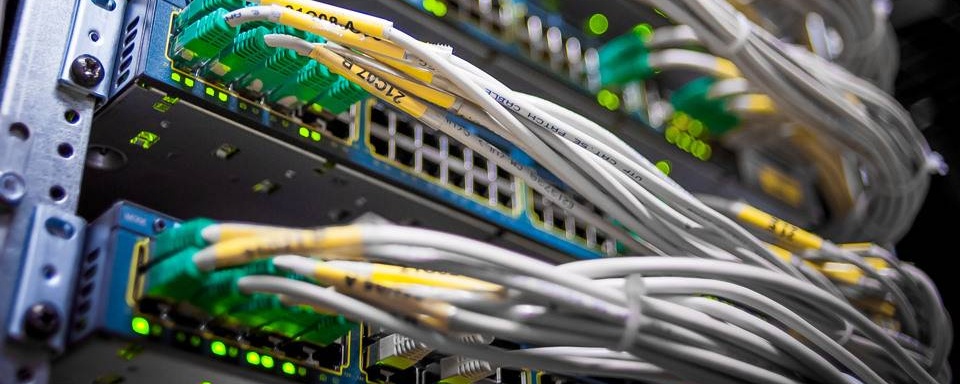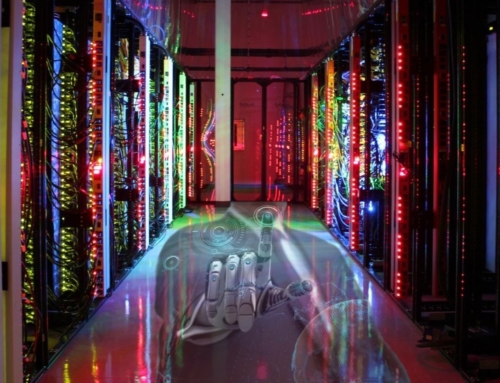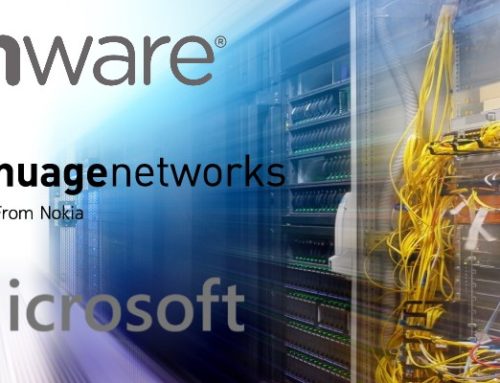As cloud technology, BYOD (bring your own device), virtualization and the Internet of Things (IoT) become mainstream, IT practices, systems and infrastructures are transforming radically. Networks have evolved thanks to technology such as the cloud and virtualization, and more data and applications are serving in corporate environments as a result of mobile workers, BYOD and the IoT. Business has undergone digital transformation with more and more online mission-critical transactions. Modern businesses use applications like email, file transfers, voice over IP (VoIP), streaming media and web conferencing that require increasingly large amounts of high-quality bandwidth.
This technological evolution has resulted in greater productivity for businesses, but it has also put enormous pressure on IT teams. Gone are the days of IT being merely a back-office function. Today, it’s the primary way businesses engage with customers, employees and partners. IT departments face such challenges as maintaining network availability; supporting an ever growing array of device types, operating systems, software applications and security capabilities; and thwarting hidden threats to network stability, such as non-sanctioned devices and “shadow IT.”
According to a recent survey, “The Challenges of Controlling IT Complexity,” 66% of IT professionals feel that increasing IT complexity makes their job more difficult.
Improving network-monitoring visibility and management within budget and headcount constraints can at first seem daunting to IT teams. But it’s not impossible. Below are six best practices for IT professionals looking to improve network availability and performance, while also managing increasing IT complexity:
1. Implement a network-monitoring strategy.
Enterprise networks are crowded and busier than ever, supporting an abundance of new technologies. To ensure optimal network performance 24/7, IT teams must regularly monitor this important asset and be ready to troubleshoot at a moment’s notice.
2. Track and optimize bandwidth utilization.
Business applications, unified communications, video, mobile devices, rich media, big data and the IoT put a lot of demand on a business’s infrastructure, making the task of maintaining network uptime more difficult. Monitor the bandwidth of all applications and users, and determine which are using the most bandwidth. Also, be sure to properly segment your network to prevent any downtime.
3. Avoid alert storms.
According to Gartner, downtime can cost businesses an average of $5,600 per minute, or over $300,000 per hour. Alert storms can be eliminated if your network-monitoring system is automatically dependency aware. You’d get a single alarm for the failed device only—not every downstream device that’s connected to it.
4. Monitor network and server performance, availability and health.
To actively identify and resolve issues before they reach the help desk, IT teams should implement a unified monitoring solution to track the availability and health of their network and servers. By having complete visibility across the entire infrastructure, IT departments can better troubleshoot, measure network performance against service-level agreements (SLAs), optimize application performance, respond to spikes in demand and monitor user experiences.
Analyzing historical trends also allows IT departments to determine how their network and server infrastructures are performing as they change over time. They can then spot patterns, remain aligned with SLAs, keep up with growing network traffic, meet new bandwidth demands and plan for additional capacity to ensure the infrastructure is always on, efficient and responsive.
5. Use common tools across IT teams to minimize finger pointing.
End-to-end integrated monitoring gives you the power to coordinate—and arrive at a single version of the truth. Your solution has to do it all: wired and wireless networks, physical and virtual servers, applications, and databases. It must support SNMP, WMI, SSH, SQL Query and Scripting, too, so you can monitor almost any device and application.
6. Be prepared to protect your network’s evolution.
With the continued infiltration of personal devices in corporate environments, malware stands a greater chance of breaching perimeter security controls. To protect IT infrastructure from the risks of BYOD, IT teams should ensure their security controls can detect and monitor lateral movement. Security controls should also be applied continuously to identify threats before they can cause any damage.
Dunn & Bradstreet estimates that the productivity impact of downtime alone is more than $46 million per year for a Fortune 500 company. Now more than ever, businesses must recognize that network, server and application infrastructure is their business, and IT teams’ ability to maintain and optimize network operation is only as good as the real-time and historical information available. Yes, every business is unique, but they all share one simple truth: no network means no business.
With business communication, collaboration and commerce all riding on network availability, and with so many internal and external factors threatening network stability and performance, network monitoring is a constant and critical responsibility for IT professionals. Thankfully, businesses can employ unified monitoring solutions to aid IT teams in tracking network performance and availability data. And in doing so, they’ll be able to access valuable insights they need to optimize user productivity, ensure customer satisfaction, enable business agility and support strategic technology investments.
- Article Source: DataCenterJournal.com






